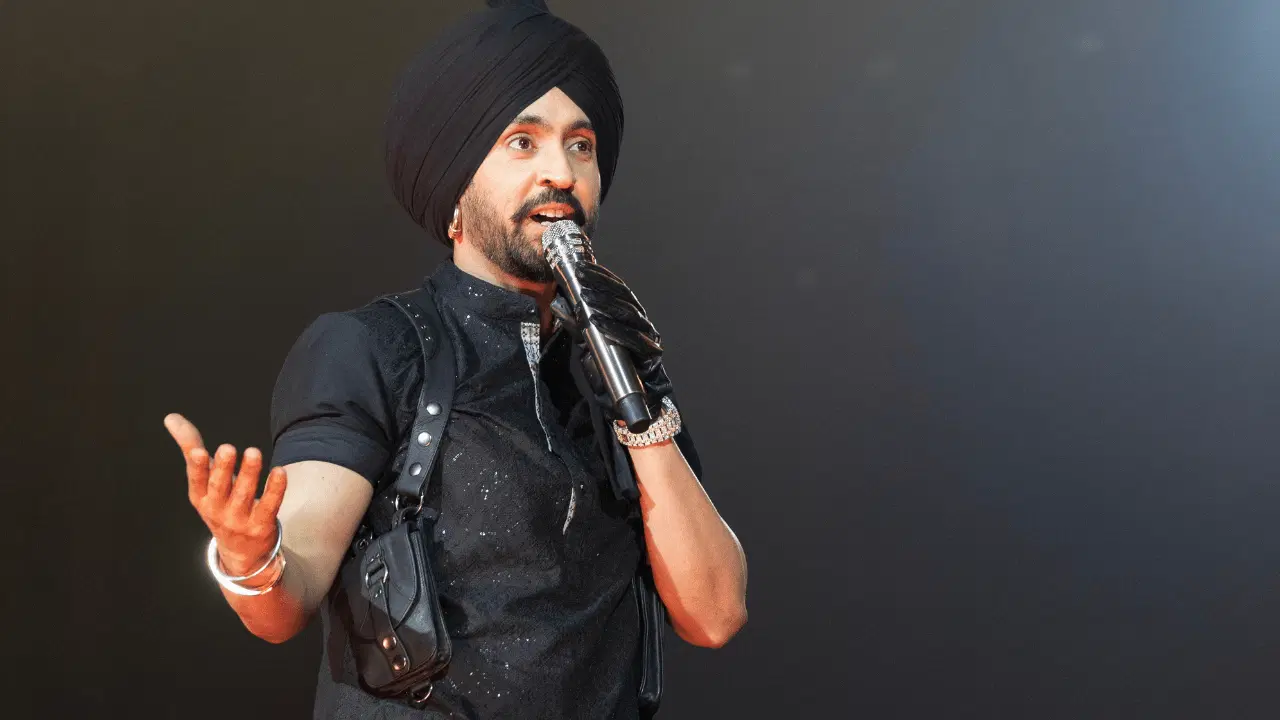Met Gala 2025: Why Diljit Dosanjh Wasn`t Given Maharaja of Patiala`s Necklace
Updated on: 07 May, 2025 11:57 AM IST |Amruta Karulkar

Diljit Dosanjh at Met Gala 2025
Diljit Dosanjh certainly served and how at his Met Gala debut on Monday. The global superstar didn`t just walk the Met Gala 2025 blue carpet; he owned it, transforming the prestigious fashion event into a stage for Punjabi pride. Dressed in a regal Prabal Gurung ensemble, his look was a powerful homage to the Maharaja of Patiala and a celebration of his roots. However, a key element of this tribute, the historic Patiala Necklace, remained tantalisingly out of reach, sparking a conversation that goes far beyond fashion.
Speaking to The New York Times about his attire, Diljit encapsulated his philosophy: “It’s what I’ve been doing all this time. It’s about carrying your identity with pride, right?” His team revealed they aimed to elevate the homage by incorporating the Maharaja`s personal jewellery, but this request was denied.
Also Read: Met Gala 2025: Sabyasachi Calls Shah Rukh Khan `Most Famous Man In The World`
Diljit`s stylist, Abhilasha Devnani, "tried to borrow that iconic Cartier necklace for the night," as noted by The New York Times. However, she was informed that "it sits sealed in a museum." Consequently, Devnani commissioned Indian jeweller Golecha to create pieces inspired by the prince’s collection.
This denial becomes particularly intriguing when contrasted with the 2022 Met Gala. American influencer Emma Chamberlain, then a Cartier brand ambassador, wore a part of the very same Patiala Necklace. This raises a pertinent question: why was access granted in 2022 but denied in 2025 for an artist paying direct homage to its original owner`s heritage?
Also Read: SRK & Priyanka`s Met Gala Spark `Don` Nostalgia & Fan Frenzy Over Lost Chemistry
The differing responses suggest a deeper narrative at play. When Chamberlain wore the necklace, it was framed as Cartier showcasing a historic piece. However, had Diljit worn it, the narrative could have shifted towards reclamation and a spotlight on the jewel`s colonial-era history and its journey from Indian royalty to a European luxury brand`s collection.
The Patiala Necklace, which vanished from the Patiala royal treasury after 1948 and later resurfaced in parts before being repurchased and partially restored by Cartier, is more than just an accessory. It`s a symbol laden with history.
While Diljit Dosanjh graced the Met Gala without the original Patiala Necklace, his presence and the story behind his intended look brought forth powerful questions about heritage, ownership, and whose stories get to be told on global stages. His tribute, even with a replica, shone brightly, highlighting the absence of the original and making a statement that resonated deeply.
A Look Steeped in Tradition
Making an unforgettable entrance, Diljit Dosanjh was the epitome of modern royalty. His custom Prabal Gurung outfit was a masterclass in cultural representation. It featured a traditional turban, a quintessential symbol of Sikh identity, paired with a flowing kurta and tehmat. A standout detail was the cape adorned with Gurumukhi script, and he completed the ensemble with a symbolic sword.Speaking to The New York Times about his attire, Diljit encapsulated his philosophy: “It’s what I’ve been doing all this time. It’s about carrying your identity with pride, right?” His team revealed they aimed to elevate the homage by incorporating the Maharaja`s personal jewellery, but this request was denied.
Also Read: Met Gala 2025: Sabyasachi Calls Shah Rukh Khan `Most Famous Man In The World`
The Patiala Necklace: A Tale of Two Requests
At the heart of the intended homage was the legendary Patiala Necklace. Commissioned in 1928 by the Maharaja of Patiala from Cartier, this magnificent piece originally weighed nearly 1,000 carats and boasted an astounding 2,930 diamonds. Its value at the time was immense, estimated today to be around $2.5 billion.Diljit`s stylist, Abhilasha Devnani, "tried to borrow that iconic Cartier necklace for the night," as noted by The New York Times. However, she was informed that "it sits sealed in a museum." Consequently, Devnani commissioned Indian jeweller Golecha to create pieces inspired by the prince’s collection.
This denial becomes particularly intriguing when contrasted with the 2022 Met Gala. American influencer Emma Chamberlain, then a Cartier brand ambassador, wore a part of the very same Patiala Necklace. This raises a pertinent question: why was access granted in 2022 but denied in 2025 for an artist paying direct homage to its original owner`s heritage?
Also Read: SRK & Priyanka`s Met Gala Spark `Don` Nostalgia & Fan Frenzy Over Lost Chemistry
The differing responses suggest a deeper narrative at play. When Chamberlain wore the necklace, it was framed as Cartier showcasing a historic piece. However, had Diljit worn it, the narrative could have shifted towards reclamation and a spotlight on the jewel`s colonial-era history and its journey from Indian royalty to a European luxury brand`s collection.
The Patiala Necklace, which vanished from the Patiala royal treasury after 1948 and later resurfaced in parts before being repurchased and partially restored by Cartier, is more than just an accessory. It`s a symbol laden with history.
While Diljit Dosanjh graced the Met Gala without the original Patiala Necklace, his presence and the story behind his intended look brought forth powerful questions about heritage, ownership, and whose stories get to be told on global stages. His tribute, even with a replica, shone brightly, highlighting the absence of the original and making a statement that resonated deeply.
ADVERTISEMENT
What are your thoughts on Border 2 teaser?
ADVERTISEMENT








